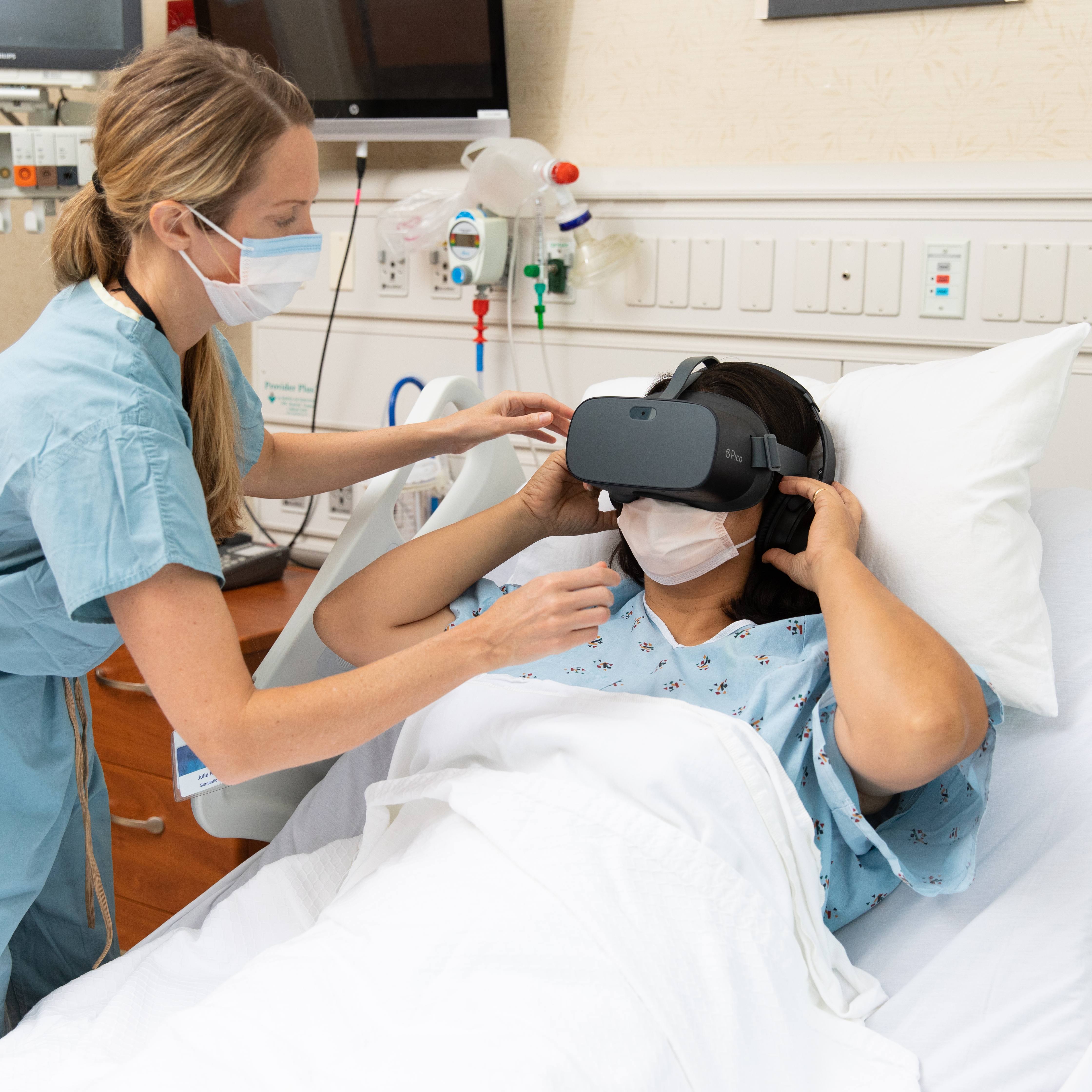-
AI Helps Researchers Identify Role of Metals in Disease
In his recent book, The Body, Bill Bryson reports that according to the Royal Society of Chemistry, the materials needed to build a human would come to about $151,578.76. Some of the items you need are pretty obvious — carbon, oxygen, and the like — but others are perhaps not so clear. Metals for example.
Zinc, iron, and copper are essential for all living creatures; and unlike other elements such as calcium that wax and wane, metals that exist in the body must be tightly controlled. Too much or too little and the body ceases to function effectively. Diet can change the amount of these key metals available to the body, but so can mutations in our genes. These mutations can damage the elaborate systems that the body has for processing and using metals.
Put together, looking at mutations that affect where metals and proteins bind, then cross-linking them to disease-associated mutations should provide insight into if diseases are linked to metal in the body.
And it does.

In a recent study by Mayo Clinic and University of Hong Kong researchers, the authors report that mutations where metals and amino acids bind have disease associations. “A mutation in zinc-binding sites has a major role in breast, liver, kidney, immune system and prostate diseases,” says Junwen Wang, Ph.D., an author on the paper and a health sciences researcher at Mayo Clinic in Arizona.
The publication, in Nature Machine Intelligence, reports on other metals as well:
- Calcium and magnesium binding site mutations are associated with muscular and immune system disease, respectively.
- Iron-binding site mutations are more associated with metabolic disease
- Manganese and copper binding site mutations are associated with cardiovascular diseases
- Coper binding site mutations are associated with nervous system disease.
“We developed a deep learning approach to successfully predict disease-associated mutations that occur at the metal biding sites of metalloproteins,” says Dr. Wang. “And this approach can be used to identify DNA mutation biomarkers that predict disease and disease prognosis.”
By combining artificial intelligence to dig into big biological data, the team hoped to improve their ability to discover new biomarkers and designer small molecule drug leads.
“The team first integrated “-omics” data from different databases to build a comprehensive training dataset,” explains Dr. Wang. These databases are federally supported, open-source projects that allow researchers to share data globally. One used by the authors is Protein Data Bank, which provides information on the 3D shape of a protein, and another called ClinVar provides a clearinghouse for genetic variations and if they are related to disease.
This training data defines the “positive” and “negative” samples for the model. Then they pull in the data on protein shape and where on the protein a metal binding site exists, and use AI to predict how important a particular mutation is to a disease. This allows the model to integrate the experimental data with bioinformatics analysis.
“With this state-of-the-art model,” says Dr. Wang, “we can better predict disease-causing mutations, and identify key metal binding proteins as therapeutic targets.”







